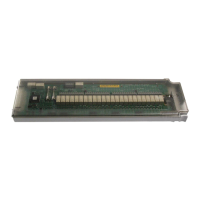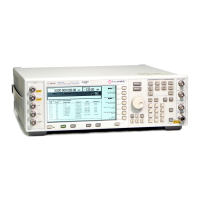Chapter 1 3
Getting Started
Introduction to Remote Operation
Interfaces
GPIB GPIB is used extensively when a dedicated computer is available for remote control of
each instrument or system. Data transfer is fast because the GPIB handles information
in 8-bit bytes. GPIB is physically restricted by the location and distance between the
instrument/system and the computer; cables are limited to an average length of two
meters per device with a total length of 20 meters.
LAN LAN based communication is supported by the signal generator. Data transfer is fast as
the LAN handles packets of data. The distance between a computer and the signal
generator is limited to 100 meters (10BASE-T). The following protocols can be used to
communicate with the signal generator over the LAN:
• VMEbus Extensions for Instrumentation (VXI) as defined in VXI-11
•Sockets LAN
• Telephone Network (TELNET)
• File Transfer Protocol (FTP)
RS-232 RS-232 is a common method used to communicate with a single instrument; its primary
use is to control printers and external disk drives, and connect to a modem.
Communication over RS-232 is much slower than with GPIB or LAN because data is
sent and received one bit at a time. It also requires that certain parameters, such as baud
rate, be matched on both the computer and signal generator.
IO Libraries
An IO library is a collection of functions used by a programming language to send instrument commands.
An IO library must be installed on your computer before writing any programs to control the signal
generator.
NOTE Agilent IO libraries support the VXI-11 standard.
